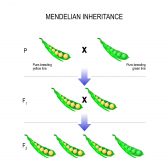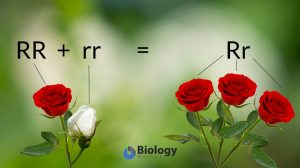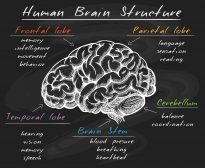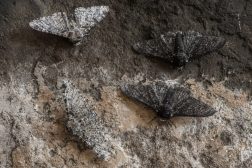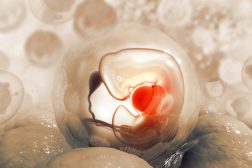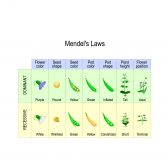Definition
noun, plural: tears
(physiology) The watery secretion of the lacrimal glands
verb
To pull (apart) by force or by violence
Supplement
In physiology, the tears refer to the watery secretion of the lacrimal glands that serve to moisten the conjunctiva. The secretion is slightly alkaline and saline. They may also be in the form of drops of limpid, saline fluid, normally in small amount. Tears diffuse between the eye and the eyelids. The tears help lubricate or moisten the eyes. They are also a means to remove excess salt from food intake (see crocodile tears). Tears are produced when the lacrimal glands secrete lacrimal fluid that flow into the canals. These canals are connected to the lacrimal sac. From the sac, the tears, then drain through the lacrimal ducts into the space between the eyeball and lids. An excess of tears leads to the tears draining through the lacrimal duct onto the nasolacrimal duct, and finally into the nasal cavity. Accordingly, there are different types of tears.1 The basal tears contain water, mucin, lysozyme, lactoferrin, lipids, lacritin, lipocalin, immunoglobulins, electrolytes, etc. They are essential in keeping the eyes moist and free from dust. The reflex tears are tears resulting from eye irritations, and associated with coughing, yawning, and vomiting. The psychic tears are tears associated with strong emotions, such as grief, sorrow, pleasure, anger, etc. They are also associated with physical pain. Tears from emotions contain more hormones such as prolactin, adrenocorticotrophic hormone, and leu-enkephalin than the other two types of tears.
See also:
Related term(s):
Reference(s):
1 Farandos, N. M., Yetisen, A. K., Monteiro, M. J., Lowe, C. R., & Yun, S. H. (2014). “Contact Lens Sensors in Ocular Diagnostics”. Advanced Healthcare Materials.

